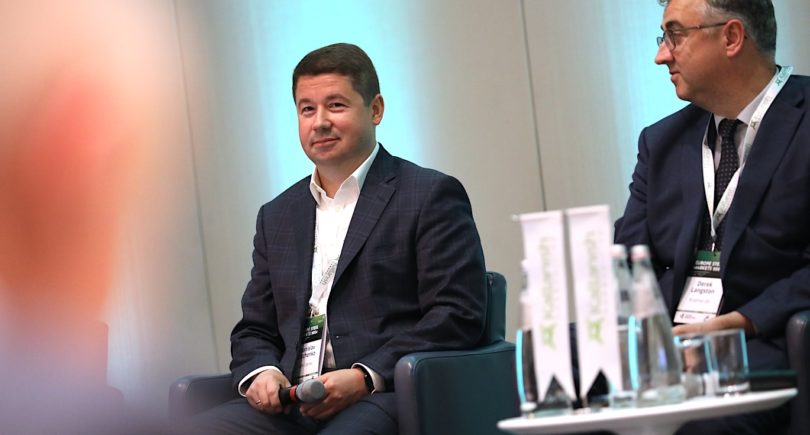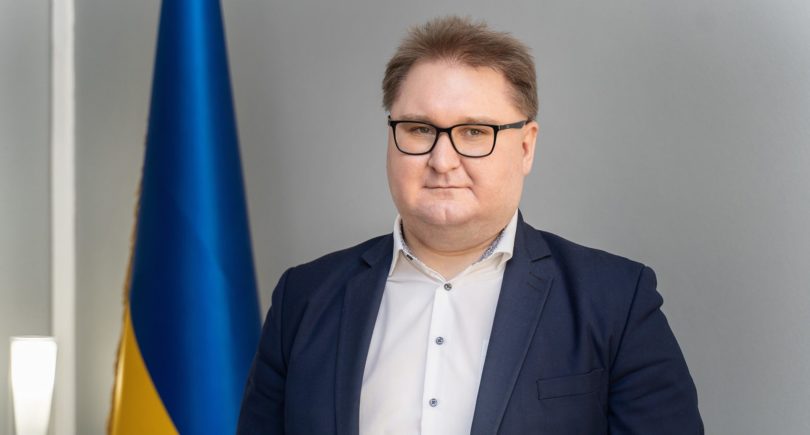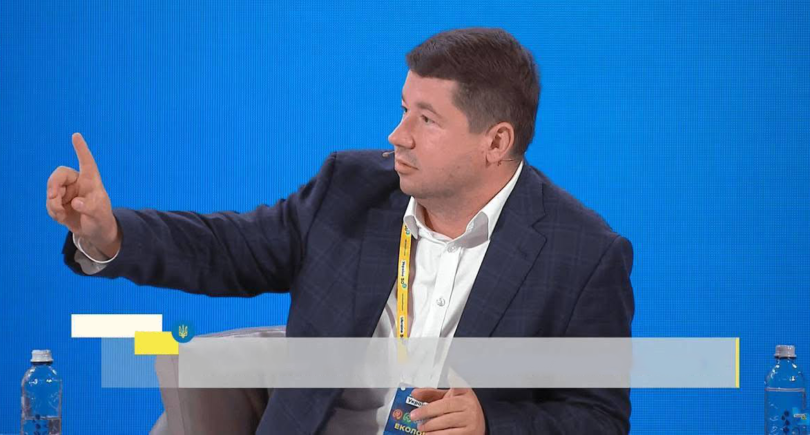
Opinions Green steel forecasts 811 05 October 2020
There are currently no mature decarbonization technologies available for industrial use
Recently, the problem of global climate change has been discussed acutely as never before. Possible ways of its solution are being looked into. Great hopes are pinned on reducing carbon dioxide emissions by industrial and power enterprises.
The steel industry cannot stay aside from these processes, as it has a share of around 5% in the global СО2 emissions. There is no surprise that individual proposals to support carbon-free steel production are to be developed as part of the European Green Deal.
At the same time, logical questions arise: what is a realistic decarbonization timeframe? Given the acuteness of the problem, isn’t it possible to solve it quickly? Are steelmaking companies interested in cutting emissions or are they opposing tougher environmental standards by all possible means?
Not all questions have unambiguous answers. Steelmaking companies definitely seek to meet customer needs and take into account the interests of society. There is a demand for decarbonization on both sides and steelmaking companies are interested in meeting it, but not everything depends on their desire. Let’s take a closer look at the reasons.
Firstly, there are currently no mature decarbonization technologies available for industrial use. Developments are carried out in the two main directions:
- how to use СО2, emitted in current production processes;
- how to prevent СО2emissions by replacing production technology.
Pilot projects with the participation of the world’s leading steelmaking companies (ArcelorMittal, ThyssenKrupp, Tata Steel, Voestalpine, etc.) are being implemented in both directions. Yet it still takes time to reach commercial maturity. According to ArcelorMittal estimations, full capture and use of СО2 at steelmaking companies will be possible not before 5–10 years from now. Breakthrough, novel production technologies (for example, hydrogen-based ones) may be introduced in 2030–2035.
Secondly, decarbonization requires large investment. According to Voestalpine, the introduction of hydrogen-based DRI and electric-arc steel production will require investment of €1 thousand per ton of steel. Where it is necessary to build an electrolysis unit for the production of hydrogen and wind farms, this amount will increase to €4 thousand. Not every company can make such investments at its own expense, so the issue of investment sources is among the most acute in terms of decarbonization.
Thirdly, decarbonization will entail an increase in the cost of steel production and, consequently, prices for finished products. According to Voestalpine, under the current transition to direct reduction of iron with hydrogen, the cost will almost double. In the long run, this gap will apparently come down due to lower prices for hydrogen and green electricity. Agora Energiewende estimates that in 2050, the cost of hydrogen-based steel production will be 35–60% higher than now (with the current technologies). As a result, end consumers will pay for decarbonization, but to what extent are they ready for this?
Fourthly, genuine decarbonization creates additional demand for electricity from renewable sources. Decarbonization of electric power is a necessary precondition for decarbonization of the steel industry, where ‘clean’ electricity is needed for hydrogen production, operation of electric-arc furnaces, capture and use of СО2. Current volumes of electricity from renewable sources are definitely not enough to cover additional needs, whereas the construction of new energy generating capacities needs time and investment.
Fifthly, decarbonization is impeded by limited raw materials required. Specifically, one of the options is a transition to scrap-based production of steel in electric-arc furnaces. However, scrap reserves are limited and the collected raw materials are not enough to meet the current demand for steel.
Sixthly, with regard to all the above factors, there are doubts that it is now possible to produce enough ‘green’ steel to meet all market needs. Hence, it is still necessary to create conditions that will make the achievement of this goal realistic. Incidentally, public economic and environmental policies play an important role.
Seventhly, capacities of basic oxygen furnaces and electric-arc furnaces for producing different grades of steel are different. It is currently unclear, whether electric-arc steel production, considered to be the most advanced decarbonization technology, will ensure production of all necessary grades of steel.
The steel industry can be decarbonized in different ways. Although the final choice has not been yet made, it is clear that decarbonization is an inevitable process. Its pace depends on various factors, including participants’ desire to step up cooperation with each other. Decarbonization can be accelerated, for example, as is done in the EU, through a systematic public policy. This implies a set of restrictive and, at the same time, stimulating measures. Yet more on that another time.
The original article was posted on liga.net





